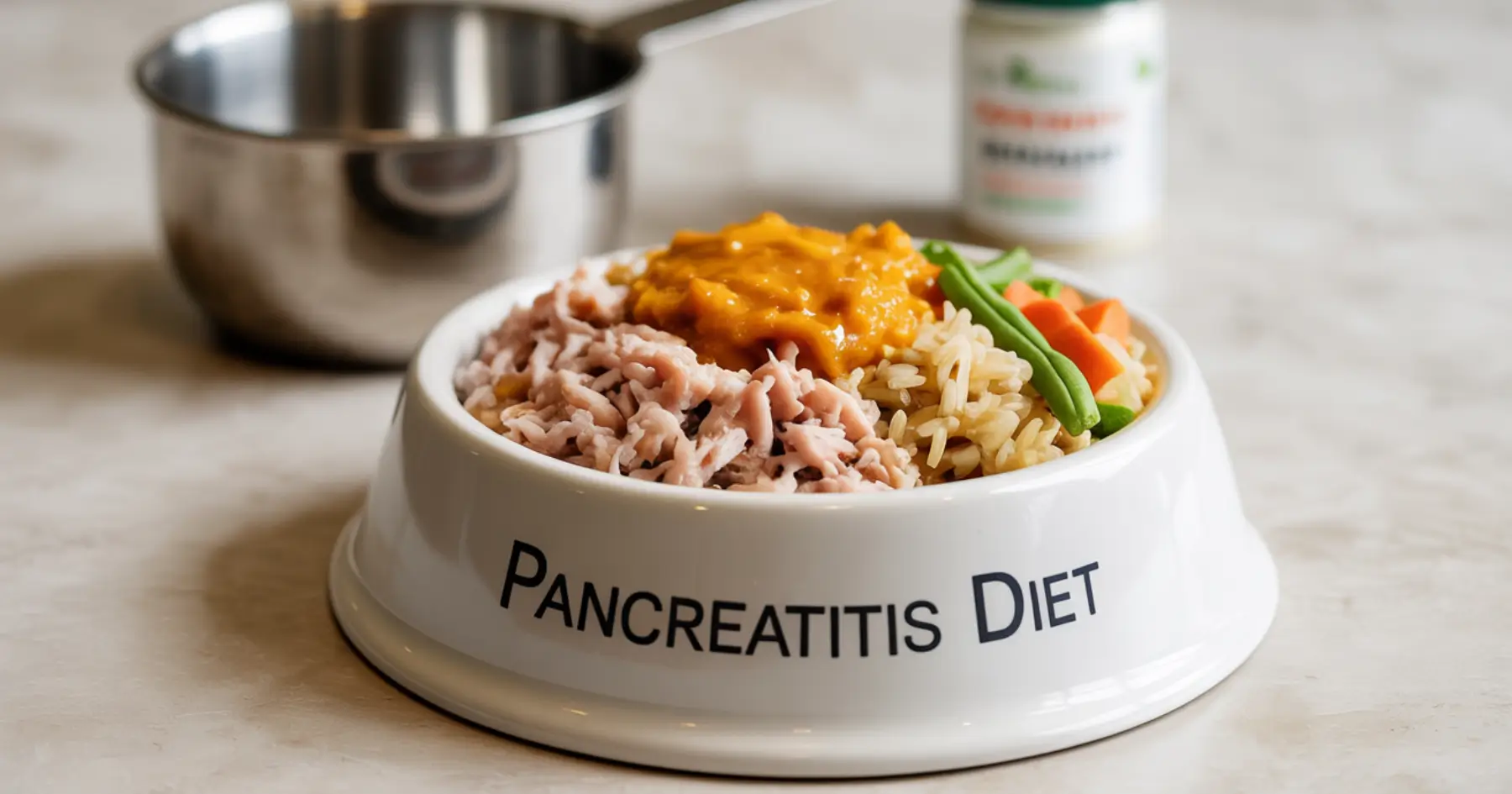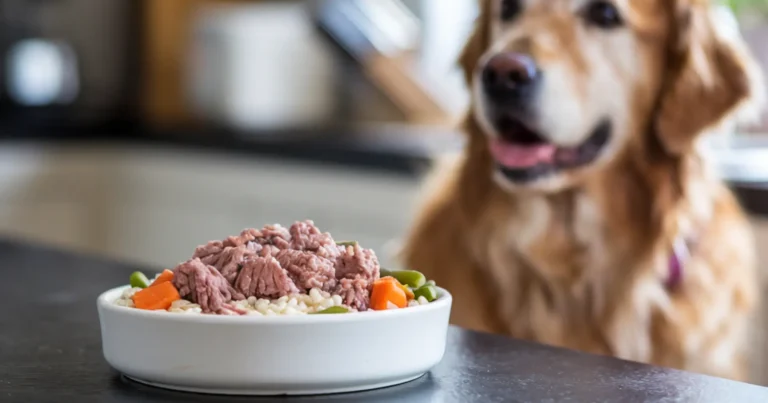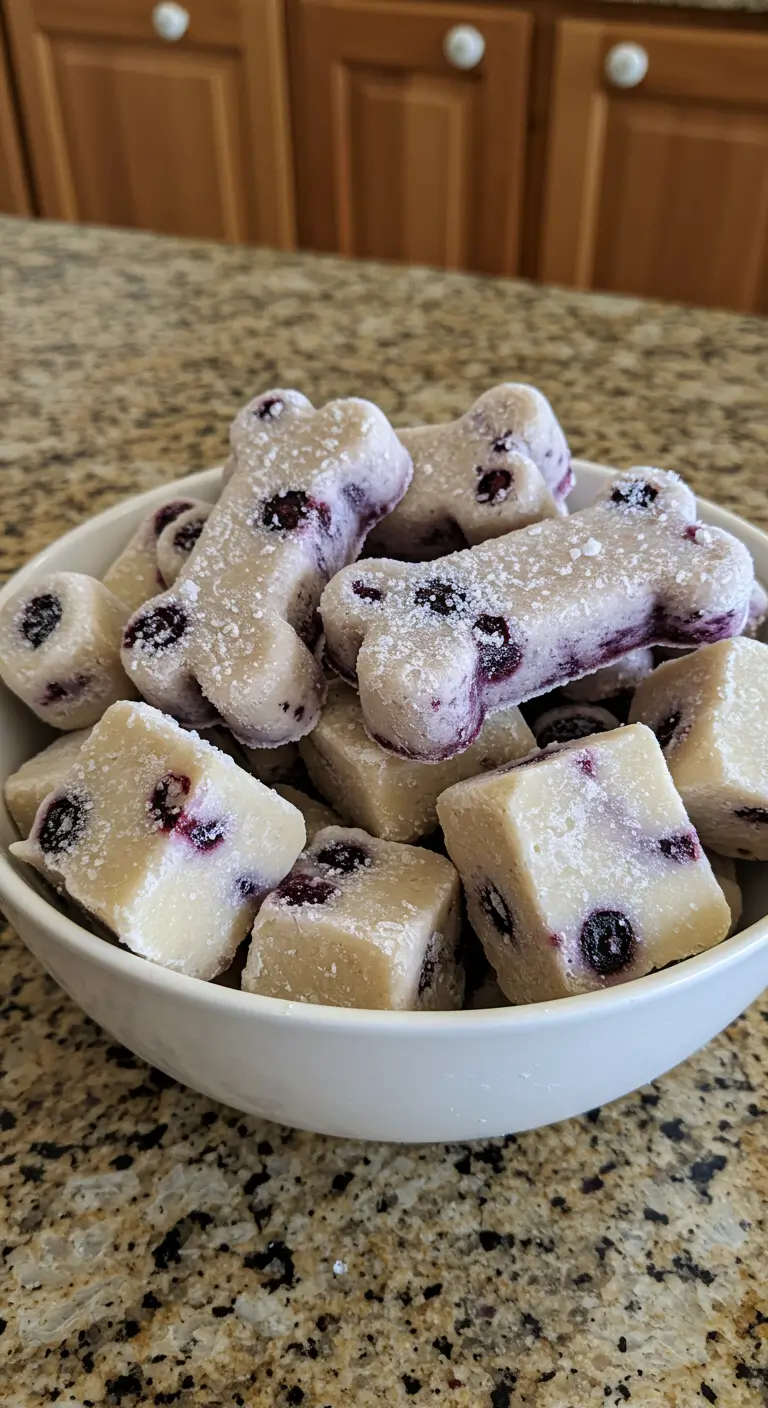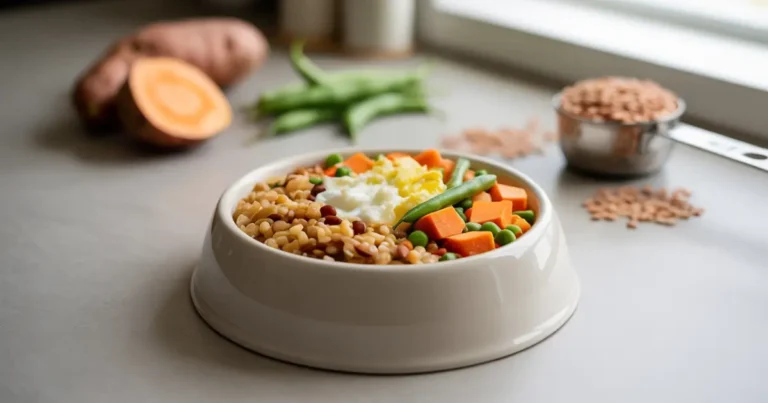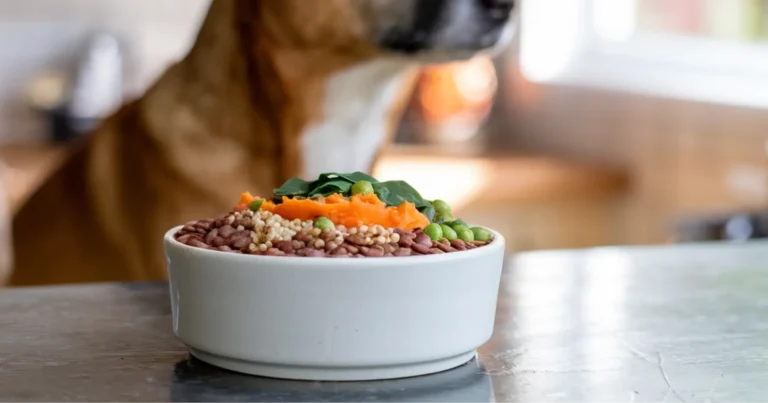Turkey and Pumpkin Dog Food Recipe: 5 Easy Healing Steps
When caring for a dog with pancreatitis, finding nutritious yet gentle recipes becomes essential for recovery and long-term health. This turkey and pumpkin dog food recipe offers an excellent alternative to chicken-based meals while providing exceptional digestive benefits. The combination of lean protein and fiber-rich pumpkin creates a healing meal that supports pancreatic function while being gentle on your dog’s digestive system.
This comprehensive guide provides a veterinarian-approved turkey and pumpkin dog food recipe specifically designed for dogs with sensitive digestion or pancreatitis. We’ll walk you through five simple steps to prepare this therapeutic meal, explain why these ingredients are beneficial, and provide detailed serving guidelines to support your dog’s health.
Table of Contents
The Healing Benefits of Turkey and Pumpkin for Dogs with Pancreatitis
Before preparing this recipe, it’s important to understand why this particular combination works so well for dogs with digestive challenges.
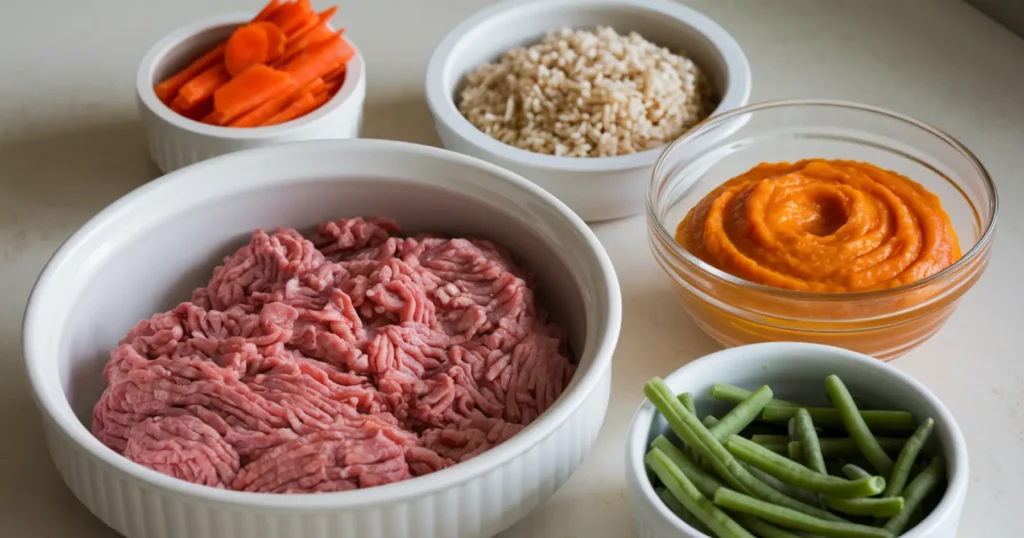
Why Turkey is Excellent for Sensitive Canine Digestion
Turkey is an outstanding protein source for dogs with pancreatitis for several reasons:
- Naturally lean meat: Ground turkey breast is extremely low in fat, making it ideal for a turkey dog food recipe designed for pancreatitis
- Novel protein: For dogs who may have developed sensitivities to chicken, turkey offers an alternative protein source
- Highly digestible: The protein in turkey is easily broken down and absorbed, reducing strain on the digestive system
- Rich in nutrients: Provides essential B vitamins, selenium, and zinc that support immune function
- Mild flavor: Appealing to most dogs, even those with decreased appetite due to illness
The Digestive Power of Pumpkin for Dogs
Pumpkin for dogs with pancreatitis is particularly beneficial because:
- High fiber content: Helps regulate bowel movements and supports digestive health
- Natural moisture: Adds hydration to the diet without additional calories
- Low fat: Contains minimal fat while providing valuable nutrients
- Packed with antioxidants: Antioxidants like beta-carotene aid in the healing process.
- Prebiotic benefits: Supports healthy gut bacteria that aid digestion
- Soothes digestive tract: Can help calm inflammation in the digestive system
This powerful combination creates a foundation for digestive support dog food that’s both therapeutic and appealing to most dogs.
Low-Fat Turkey and Pumpkin Recipe for Dogs with Pancreatitis
This turkey and pumpkin dog food recipe has been formulated according to veterinary nutritional guidelines for dogs with sensitive digestion or pancreatic issues.

Recipe Quick Facts
- Prep Time: 20 minutes
- Cook Time: 30 minutes
- Total Time: 50 minutes
- Yield: Approximately 6-7 cups of food
- Serving Size: Varies by dog’s weight (see serving guidelines below)
- Storage: Refrigerate up to 4 days or freeze up to 3 months
- Diet Type: Low-fat digestive support
- Main Ingredients: Ground turkey breast and pure pumpkin
Ingredients
- 1 pound (454g) ground turkey breast (99% fat-free)
- 2 cups (450g) pure pumpkin puree (not pumpkin pie filling)
- 1½ cups (300g) brown rice, uncooked
- 4 cups (950ml) water or low-sodium turkey/chicken broth (no onion or garlic)
- ½ cup (65g) finely chopped carrots
- ½ cup (65g) finely chopped green beans
- 1 tablespoon (15ml) olive oil (distributed across the entire recipe)
- ¼ teaspoon calcium carbonate supplement (pet store or vet)
- Optional: 1 tablespoon ground flaxseed (for omega fatty acids, if approved by your vet)
Equipment Needed
- Large pot with lid
- Non-stick skillet
- Measuring cups and spoons
- Food scale (for precise measurements)
- Wooden spoon
- Storage containers
- Cutting board and knife
Nutritional Information (Per Cup)
- Calories: 175
- Protein: 16g
- Fat: 2.3g (12% of calories from fat)
- Carbohydrates: 22g
- Fiber: 3g
- Calcium to phosphorus ratio: 1.2:1
5 Easy Healing Steps to Prepare Turkey and Pumpkin Dog Food
Follow these precise steps to create this therapeutic meal for your dog with digestive issues or pancreatitis.
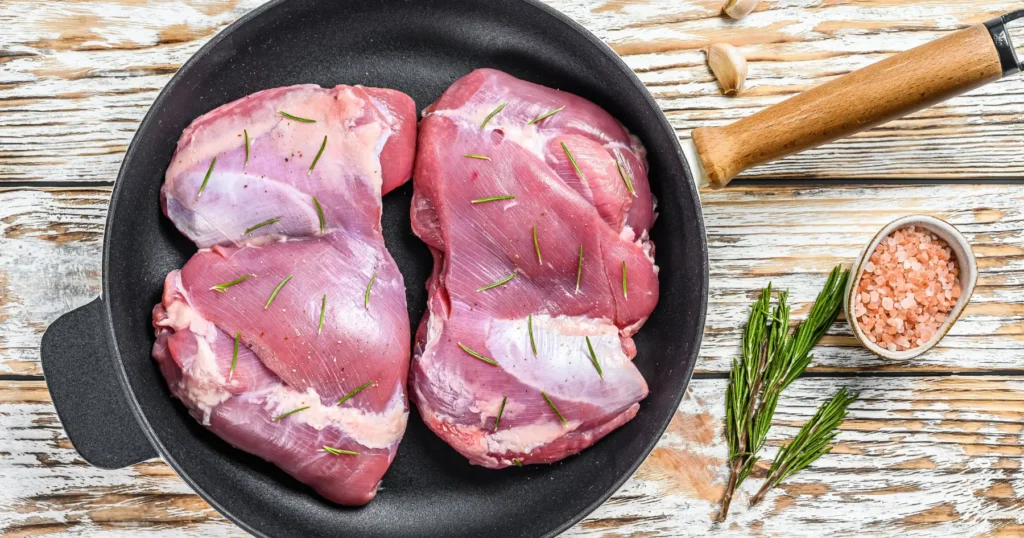
Step 1: Prepare and Cook the Turkey
- In a non-stick skillet, cook the ground turkey breast over medium heat
- As the meat cooks, use a wooden spoon to break it up into small pieces.
- Cook thoroughly until no pink remains and internal temperature reaches 165°F (74°C)
- Do not add any oils or seasonings to the meat
- Drain any liquid fat that has formed after cooking.
- Set the cooked turkey aside to cool slightly
Note: A proper turkey dog food recipe for pancreatitis must use ground turkey breast that is 99% fat-free. Regular ground turkey contains significantly more fat and should not be substituted.
Step 2: Cook the Brown Rice
- In a large pot, bring 4 cups of water or low-sodium broth to a boil
- Add 1½ cups of brown rice and stir once
- Put a lid on the pot and lower the heat to low.
- Simmer until the rice is soft and the liquid has been absorbed, about 25 to 30 minutes.
- Take off the heat and leave it covered for 10 minutes.
- Using a fork, fluff and let cool slightly.
Tip: Brown rice provides more fiber than white rice, which works synergistically with pumpkin for dogs with pancreatitis to support healthy digestion. However, white rice can be substituted if your dog has more severe digestive sensitivity.
Step 3: Prepare the Vegetables
- While the rice is cooking, steam the finely chopped carrots and green beans until soft
- Alternatively, you can microwave them with a small amount of water until tender
- Measure out the pure pumpkin puree (ensure it’s 100% pumpkin, not pie filling)
- Allow the vegetables to cool slightly before combining with other ingredients
Vegetable tip: The smaller you chop the vegetables, the easier they will be for your dog to digest, which is crucial for this digestive support dog food. Some dogs with severe pancreatitis may need vegetables pureed completely.
Step 4: Combine All Ingredients
- In a large mixing bowl or the pot used for rice, combine the cooked turkey and rice
- Add the pumpkin puree and stir until well incorporated
- Add the steamed carrots and green beans
- Sprinkle the calcium carbonate supplement evenly over the mixture
- If using a vet-approved, add the ground flaxseed
- Drizzle the olive oil evenly across the mixture
- Gently fold all ingredients together until thoroughly combined
Combination tip: Mixing while ingredients are slightly warm (not hot) helps the flavors meld together, making the turkey and pumpkin dog food more appealing to your pet.
Step 5: Portion and Store Properly
- Before serving or storing, let the mixture cool fully.
- Measure appropriate portions based on your dog’s size (see serving guidelines)
- Store portion sizes appropriate for 1-2 days in airtight containers in the refrigerator
- Freeze remaining portions in individual serving sizes
- Label all containers with date prepared and contents
- Before serving, let frozen portions thaw overnight in the refrigerator.
Storage tip: Freezing individual portions allows you to thaw only what you need, ensuring your dog always has fresh turkey and pumpkin dog food without waste or spoilage.
Serving Guidelines for Turkey and Pumpkin Dog Food
The appropriate serving size depends on your dog’s weight, activity level, and specific health needs. Always consult your veterinarian for personalized feeding recommendations, especially for dogs with pancreatitis.
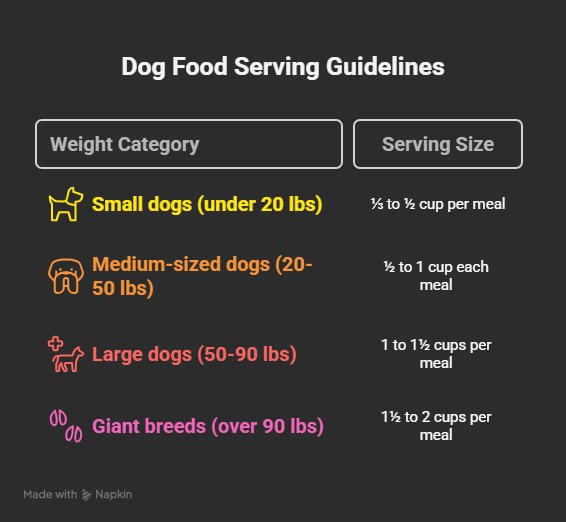
General Portion Guidelines by Weight
- Small dogs (under 20 lbs): ⅓ to ½ cup per meal
- Medium-sized dogs (20-50 lbs): ½ to 1 cup each meal
- Large dogs (50-90 lbs): 1 to 1½ cups per meal
- Giant breeds (over 90 lbs): 1½ to 2 cups per meal
Feeding Schedule Recommendations
For dogs with pancreatitis or sensitive digestion:
- Acute recovery phase: 4-6 small meals throughout the day
- Maintenance phase: 2-3 meals daily, evenly spaced
Monitoring tip: Weigh your dog weekly to ensure they’re maintaining appropriate weight. Adjust portions if you notice unintended weight loss or gain.
Transitioning to the Turkey and Pumpkin Recipe
When introducing any new food to dogs with sensitive digestion, a slow transition is essential to prevent digestive upset.
If Transitioning from Another Homemade Diet
- Day 1-2: 75% current diet, 25% turkey and pumpkin mixture
- Day 3-4: 50% current diet, 50% turkey and pumpkin mixture
- Day 5-6: 25% current diet, 75% turkey and pumpkin mixture
- Day 7: 100% turkey and pumpkin mixture
If Transitioning from Commercial Food
- Day 1-3: 75% commercial food, 25% turkey and pumpkin mixture
- Day 4-6: 50% commercial food, 50% turkey and pumpkin mixture
- Day 7-9: 25% commercial food, 75% turkey and pumpkin mixture
- Day 10: 100% turkey and pumpkin mixture
For very sensitive dogs: You may need to extend this transition period over 2-3 weeks instead of 7-10 days. If necessary, slow down the transition and keep an eye out for any indications of digestive distress.
Why This Recipe Supports Dogs with Pancreatitis
This turkey and pumpkin dog food recipe is specifically designed to support pancreatic health through several key mechanisms:
Low-Fat Content
With approximately 12% of calories from fat, this recipe is well below the threshold that typically triggers pancreatic inflammation. The careful selection of ingredients and preparation methods helps maintain this low-fat profile while still providing essential nutrition.
Digestive Ease
The combination of easily digestible protein from turkey and soluble fiber from pumpkin reduces the workload on the digestive system, including the pancreas. This creates a gentle yet nutritious meal that most dogs with pancreatitis can tolerate well.
Anti-Inflammatory Properties
Pumpkin contains natural compounds with anti-inflammatory properties, which may help reduce pancreatic inflammation. The beta-carotene in pumpkin also supports healing and tissue repair.
Balanced Nutrition
Despite being restricted in fat, this recipe provides balanced nutrition with:
- High-quality protein for tissue repair
- Complex carbohydrates for energy
- Fiber for digestive regulation
- Essential vitamins and minerals
Monitoring Your Dog’s Response

When feeding this turkey and pumpkin dog food, watch for these positive signs:
Signs of Improvement
- Increased energy: More alert and interested in normal activities
- Improved appetite: Eating consistently and with enthusiasm
- Better digestion: Normal bowel movements without diarrhea or constipation
- Reduced symptoms: Less vomiting, abdominal pain, or discomfort
- Coat improvement: Shinier coat and healthier skin over time
Warning Signs
These symptoms require veterinary attention:
- Vomiting after eating
- Continued or worsening diarrhea
- Signs of abdominal pain
- Lethargy or depression
- Loss of appetite for more than 24 hours
Recipe Variations and Alternatives
While this basic turkey and pumpkin dog food recipe works well for most dogs with pancreatitis, these veterinarian-approved variations may help address specific needs:
For Dogs Needing Additional Protein
- Add egg whites (cooked thoroughly) to increase protein without adding significant fat
- Consider our Chicken and Rice Recipe for Dogs with Pancreatitis as another lean protein option
For Dogs Needing Even Gentler Digestion
- Substitute white rice for brown rice for easier digestion
- Puree all vegetables completely for maximum digestibility
- Consider our White Fish & Sweet Potato Recipe, which may be even gentler for some dogs
For Dogs Who Don’t Like Pumpkin
- Substitute sweet potato (cooked and mashed) for similar fiber benefits
- Consider our Cottage Cheese & Rice Recipe as an alternative
- Try our Simple Vegetarian Recipe for a different flavor profile
Always introduce variations gradually and with veterinary approval, keeping the overall fat content extremely low as required for pancreatitis management.
Long-Term Dietary Considerations
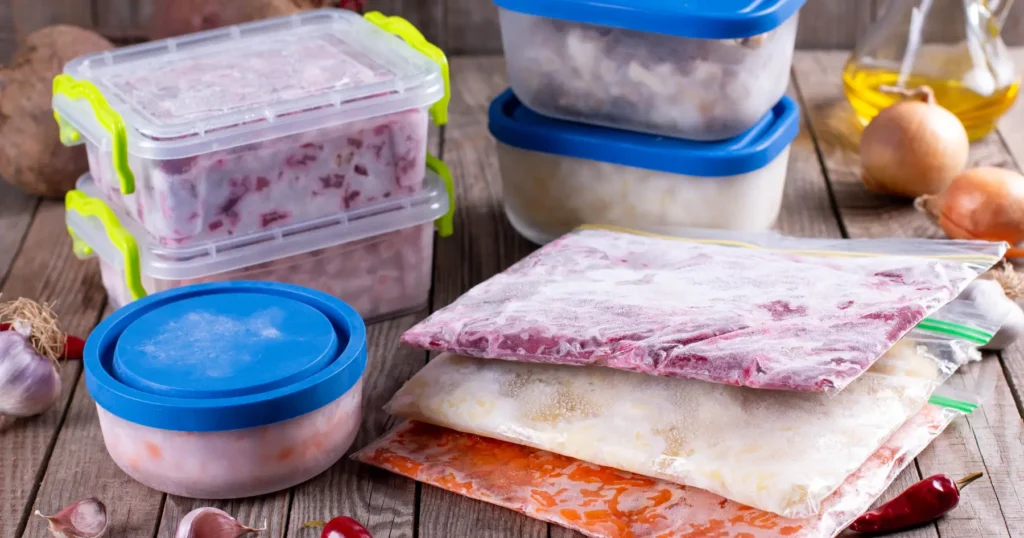
While this turkey and pumpkin dog food provides excellent nutrition during recovery and management of pancreatitis, long-term considerations include:
Potential Supplementation
For extended use (over 2 weeks), your veterinarian may recommend:
- Complete multivitamin specifically for dogs
- Omega-3 fatty acids (in very small, veterinarian-approved amounts)
- Digestive enzymes if pancreatic enzyme production is compromised
- Additional calcium supplementation
Balance with Commercial Options
Some veterinarians recommend:
- Rotating between homemade recipes to ensure nutritional variety
- Combining homemade food with prescription low-fat commercial diets
- Using commercial supplements designed to balance homemade diets
Key Takeaways for Turkey and Pumpkin Dog Food
- Lean protein source: Turkey breast provides high-quality protein with minimal fat.
- Digestive benefits: Pumpkin offers excellent fiber and digestive support.
- Careful preparation: Following the 5-step process ensures proper therapeutic value.
- Gradual transitions: Always introduce new foods slowly to sensitive dogs.
- Veterinary oversight: This recipe works best as part of a vet-supervised treatment plan.
- Monitoring is essential: Watch for positive signs and any adverse reactions.
- Long-term planning: Consider nutritional completeness for extended feeding.
- Personalized portions: Adjust serving sizes based on your dog’s specific needs.
Conclusion: A Healing Option for Dogs with Digestive Challenges
This turkey and pumpkin dog food recipe offers an excellent dietary option for dogs recovering from or managing pancreatitis and other digestive conditions. The lean protein from turkey combined with the gentle fiber from pumpkin creates a meal that supports healing while being kind to sensitive digestive systems.
The five simple preparation steps ensure this recipe maintains its therapeutic value while being accessible for any pet parent to prepare at home. By following these guidelines and working closely with your veterinarian, you can provide your dog with a nutritious, healing meal that supports their recovery and long-term health.
For more comprehensive information about managing canine pancreatitis through diet, visit our main guide on Homemade Dog Food for Pancreatitis, which provides broader information about this condition and nutritional approaches to support healing.
Frequently Asked Questions
Can I use regular ground turkey instead of ground turkey breast?
No, regular ground turkey typically contains significantly more fat (often 7% or higher) compared to ground turkey breast (1% fat). For a proper turkey dog food recipe for pancreatitis, you must use 99% fat-free ground turkey breast. The higher fat content in regular ground turkey could trigger a pancreatitis flare-up.
Is canned pumpkin the same as pumpkin puree?
Yes, pumpkin puree is the same as plain canned pumpkin (100% pumpkin), and it works well in this recipe. However, you must never use pumpkin pie filling, which contains added sugar and spices that can be harmful to dogs. Always check the label to ensure you’re getting plain pumpkin with no additives when using pumpkin for dogs with pancreatitis.
How can I tell if my dog is tolerating this recipe well?
Positive signs include normal bowel movements, good energy levels, no vomiting, and willingness to eat. Dogs who are tolerating this digestive support dog food well should not show signs of abdominal discomfort like hunching, whining when touched, or reluctance to move. If your dog shows any concerning symptoms, contact your veterinarian.
Can I add supplements to this recipe?
Yes, but only with veterinary approval. Common supplements that might be recommended include digestive enzymes, probiotics specifically formulated for dogs, vitamin B complex, and trace mineral supplements. Never add supplements without consulting your veterinarian first, as some may interact with medications or conditions.
How long can I feed this recipe exclusively?
Most veterinarians recommend using this turkey and pumpkin dog food as part of a rotation of low-fat recipes or in conjunction with prescription diets for long-term management of pancreatitis. For exclusive use beyond 2-3 weeks, veterinary supervision and possible supplementation are necessary to ensure complete nutrition.
Can I use fresh pumpkin instead of canned?
Yes, fresh pumpkin can be used, but it must be properly cooked (baked or steamed until soft) and pureed. Remove all seeds and skin before cooking. Fresh pumpkin typically contains more water than canned, so you may need to use slightly more to achieve the same digestive benefits in this turkey and pumpkin dog food recipe.
Is this recipe appropriate for dogs with other health conditions besides pancreatitis?
This recipe may also be appropriate for dogs with:
- Inflammatory bowel disease (IBD)
- Sensitive stomachs
- Recovery from gastroenteritis
- Some forms of liver disease
However, always consult your veterinarian before using this recipe for conditions other than pancreatitis, as specific modifications may be needed.
Can puppies eat this turkey and pumpkin recipe?
This recipe is primarily designed for adult dogs with pancreatitis. Puppies have different nutritional requirements for growth and development. If your puppy has been diagnosed with pancreatitis, work with a veterinary nutritionist to modify this recipe appropriately to meet growth requirements while managing the condition.
References and Resources
For more information on managing canine digestive issues and pancreatitis, consult these valuable resources:
Your Dog Tried It? Drop a Review Below!
There are no reviews yet. Be the first one to write one.

